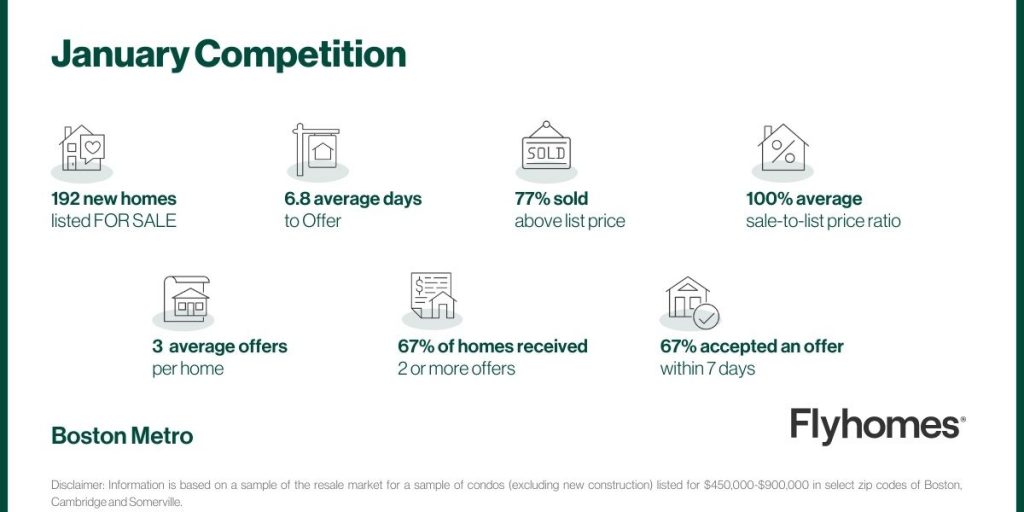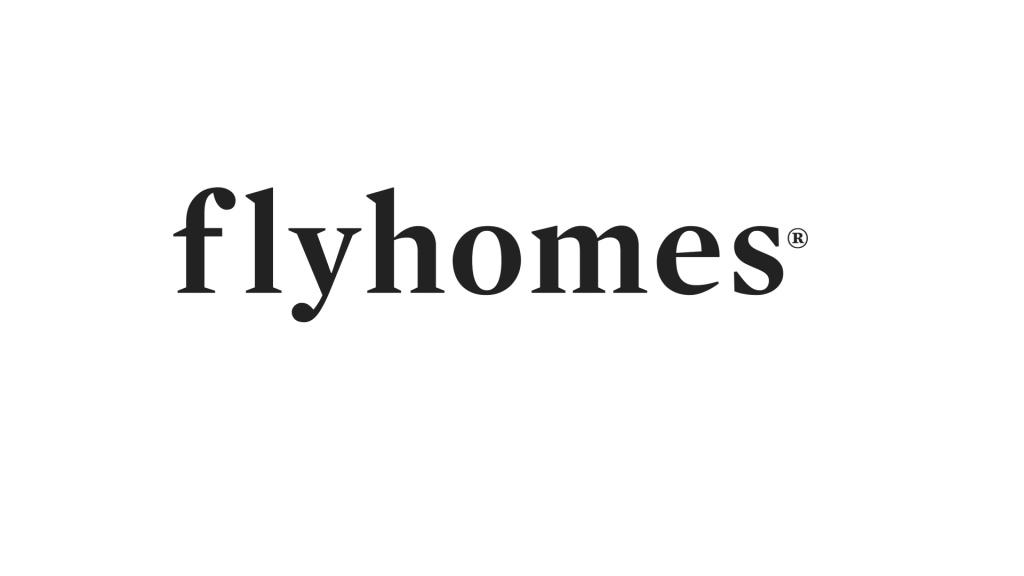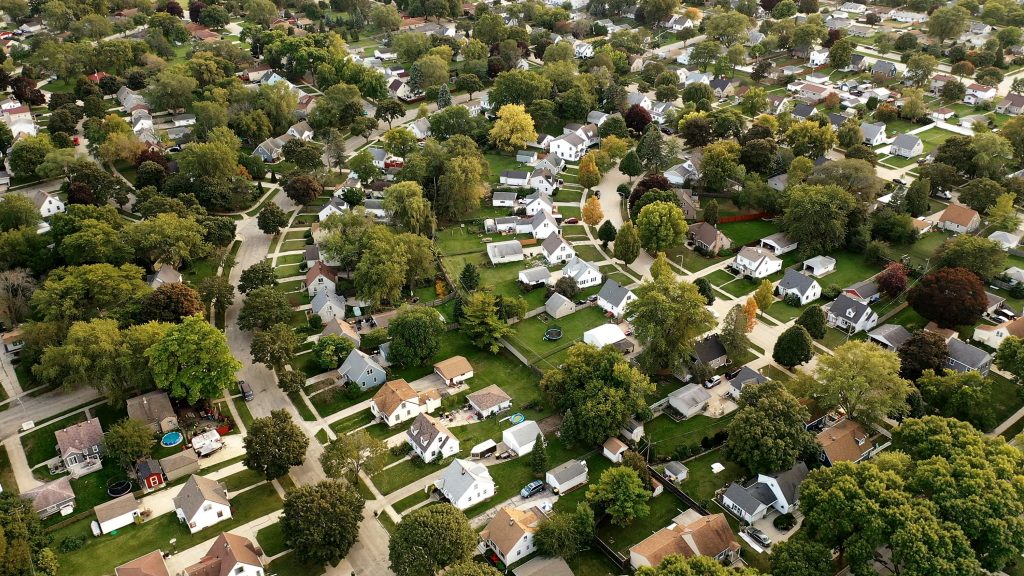January 2022 highlights
The Boston housing market continued its dip into a slow winter season based on the analyses of a number of key metrics in list price, sale price, and inventory. For the most part, buyers were more empowered last month than sellers, but sellers showed optimism in the month before historical trends point to an increase. We’ll analyze the data here.
- Inventory increased as fewer homes were sold than listed Buyers listed more houses than they did the previous month following a spike in sale prices in December. But this led to an over saturated market in which more than 40 homes were listed but fewer than 30 were sold.
- Days on market decreased. Despite the high inventory and slightly higher list prices, homes in Boston were selling 35% faster than they did at the end of last year, at 35 days on average.
- Sale-to-list-price ratio was flat Home prices increases the sale-to-list-price ratio by only one percentage point so that homes were selling, on average, at 98% of their list price. This is consistent for yearly trends as this ratio tends to exceed 100% in the summer.

See previous months’ highlights
Competition report
Our research team analyzed the competition in select local areas.
Sale price
List price
Sale price compared to list price
Days on market
Number of properties listed
Number of properties pending sale
Metropolitan Boston data is for the city of Boston excluding 02119,02121,02124,02130,02126,02131,02136,02132; Cambridge; and Somerville.
Boston Suburbs data is for Malden, Medford, Quincy, Weymouth, Watertown, Brookline, Newton, Lexington, Winchester, Belmont, and Arlington.











